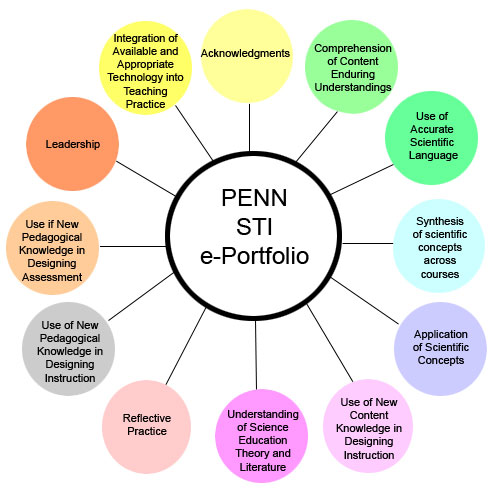


Website Analysis: "Virtual labs and Data
analysis"
|
| Introduction |
| Methods |
|
TOPIC (be specific): |
||||
|
Url: |
||||
|
Level (erase what doesn’t
apply) - Beginner |
Function : -Anticipatory set |
Time (min) |
Supplementary materials (Y/N)? (specify
what if YES) |
Description: |
| Interactive Sites |
|
TOPIC: Virtual Labs |
||||
|
Level |
Function |
Time (min) |
Supplementary materials? |
Description: |
|
TOPIC: Scientific method |
||||
|
Level |
Function |
Time (min) |
Supplementary materials? |
Description: |
|
TOPIC: Virtual Labs |
||||
|
Level |
Function |
Time (min) |
Supplementary materials? |
Description: |
|
TOPIC: Graphing Periodic
Properties |
||||
|
Url: http://www.chem.uoa.gr/applets/AppletPerTable/Appl_PerTable2.htm |
||||
|
Level |
Function |
Time (min) |
Supplementary materials? |
Description: |
|
TOPIC: PERIODICITY: A Graphical
Experience (Atomic Size, Ionization Energy, Electron Affinity,
Electronegativity, Ionic Radius) |
||||||
|
Url: http://academic.pgcc.edu/~ssinex/excelets/PT_interactive_act.pdf |
||||||
|
Level |
Function |
Time (min) |
Supplementary materials? |
Description: BONUS: working with Excel, not
“fluffy� |
||
|
TOPIC: Radiation Calculator |
||||
|
Level |
Function |
Time (min) |
Supplementary materials? |
Description: |
|
TOPIC: Universal Decay Chart and
Radioactive Decay Applet |
||||
|
Level |
Function |
Time (min) |
Supplementary materials? |
Description: |
|
TOPIC: Fission and Nuclear Power |
||||
|
Url: http://library.thinkquest.org/17940/texts/fission_power/fission_power.html
(information) |
||||
|
Level |
Function |
Time (min) |
Supplementary materials? |
Description: |
|
TOPIC: Nuclear Phobia Survey |
||||
|
Url: http://www.pbs.org/wgbh/pages/frontline/shows/reaction/interact/survey.html |
||||
|
Level |
Function |
Time (min) |
Supplementary materials? |
Description: |
| Conclusions |